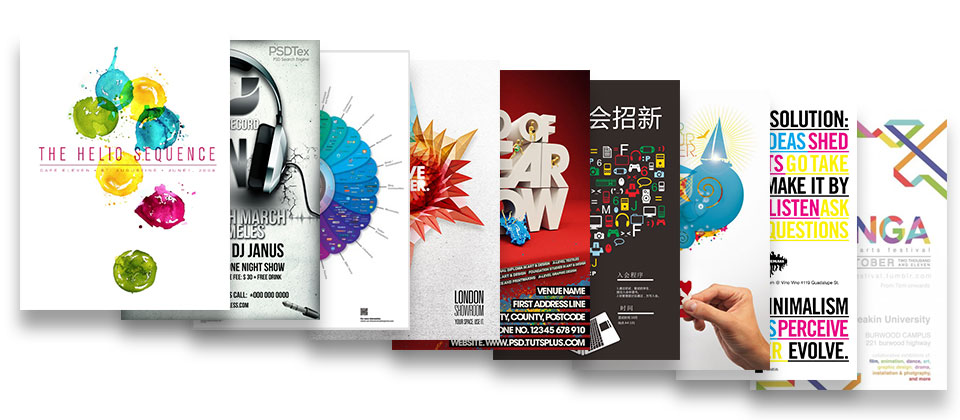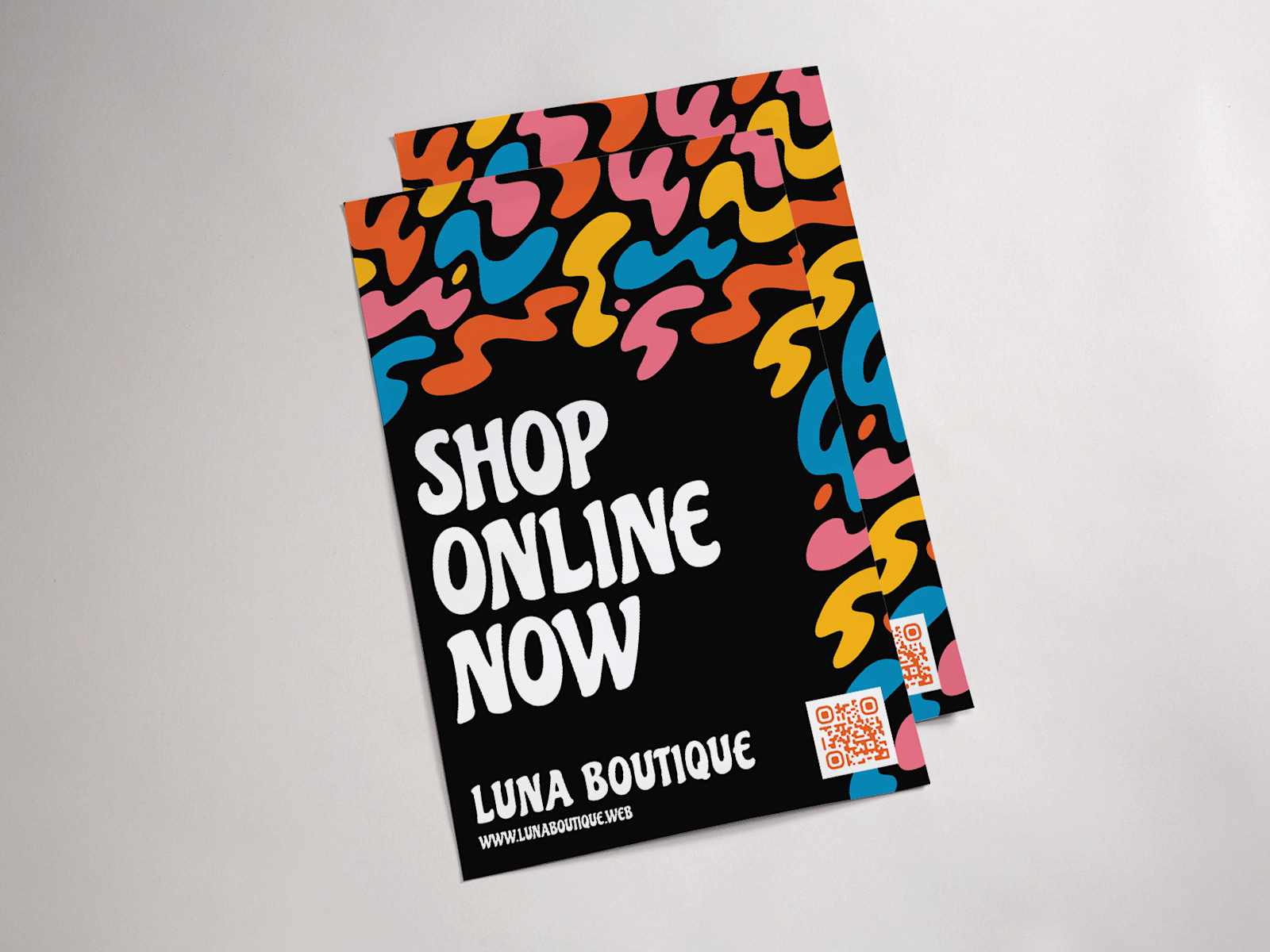Essential Tips for Effective Poster Printing That Captivates Your Target Market
Creating a poster that absolutely astounds your target market needs a calculated approach. What about the mental influence of shade? Let's discover exactly how these elements function together to develop an outstanding poster.
Understand Your Target Market
When you're designing a poster, understanding your audience is important, as it shapes your message and design selections. Think concerning that will see your poster. Are they students, professionals, or a basic group? Understanding this assists you customize your language and visuals. Use words and pictures that resonate with them.
Following, consider their interests and demands. What info are they seeking? Align your material to address these factors straight. If you're targeting pupils, engaging visuals and catchy phrases may order their focus more than formal language.
Lastly, assume concerning where they'll see your poster. By maintaining your audience in mind, you'll develop a poster that efficiently connects and astounds, making your message remarkable.
Pick the Right Size and Format
How do you choose on the ideal size and layout for your poster? Believe regarding the room offered too-- if you're limited, a smaller poster could be a far better fit.
Next, choose a layout that matches your content. Straight formats function well for landscapes or timelines, while vertical layouts match pictures or infographics.
Do not neglect to examine the printing options offered to you. Numerous printers supply standard dimensions, which can save you time and cash.
Ultimately, maintain your audience in mind. By making these options carefully, you'll produce a poster that not just looks great however likewise properly communicates your message.
Select High-Quality Images and Graphics
When developing your poster, selecting top notch pictures and graphics is vital for a specialist look. Make certain you select the appropriate resolution to avoid pixelation, and consider utilizing vector graphics for scalability. Don't fail to remember concerning shade balance; it can make or damage the total appeal of your style.
Select Resolution Wisely
Choosing the appropriate resolution is essential for making your poster attract attention. When you use top notch photos, they must have a resolution of a minimum of 300 DPI (dots per inch) This guarantees that your visuals continue to be sharp and clear, even when watched up close. If your photos are reduced resolution, they may show up pixelated or blurry when printed, which can diminish your poster's impact. Always go with pictures that are particularly indicated for print, as these will supply the very best outcomes. Prior to settling your layout, zoom in on your photos; if they shed clarity, it's an indicator you require a greater resolution. Spending time in picking the appropriate resolution will certainly repay by creating an aesthetically magnificent poster that captures your target market's attention.
Utilize Vector Video
Vector graphics are a game changer for poster style, providing unequaled scalability and quality. Unlike raster images, which can pixelate when bigger, vector graphics preserve their intensity regardless of the size. This indicates your layouts will certainly look crisp and professional, whether you're publishing a tiny leaflet or a huge poster. When developing your poster, select vector files like SVG or AI styles for logos, icons, and images. These styles enable very easy manipulation without losing high quality. Furthermore, make specific to integrate top notch graphics that straighten with your message. By making use of vector graphics, you'll assure your poster captivates your target market and stands out in any kind of setting, making your layout efforts truly worthwhile.
Consider Color Equilibrium
Shade balance plays a necessary role in the overall effect of your poster. Also several brilliant shades can bewilder your audience, while plain tones may not grab interest.
Picking top quality images is essential; they ought to be sharp and vibrant, making your poster visually appealing. A healthy color scheme will make your poster stand out and reverberate with viewers.
Choose for Vibrant and Legible Typefaces
When it concerns fonts, dimension truly matters; you want your message to be easily legible from a range. Limitation the number of font kinds to maintain your poster looking tidy and expert. Don't neglect to use contrasting shades for clarity, ensuring your message stands out.
Font Style Dimension Issues
A striking poster grabs interest, and typeface dimension plays an essential duty in that initial perception. You want your message to be quickly legible from a distance, so choose a font style dimension that attracts attention. Typically, titles need to be at the very least 72 factors, while body text need to range from 24 to 36 points. This guarantees that also those that aren't standing close can useful reference comprehend your message quickly.
Do not forget pecking order; bigger sizes for headings guide your target market via the info. Vibrant typefaces improve readability, especially in hectic atmospheres. Inevitably, the best typeface dimension not only brings in audiences however likewise keeps them engaged with your web content. Make every word like it count; it's your chance to leave an impact!
Limitation Typeface Types
Choosing the ideal font kinds is essential for guaranteeing your poster grabs attention and properly interacts your message. Stick to regular typeface sizes and weights to develop a hierarchy; this aids assist your audience through the details. Bear in mind, clearness is essential-- choosing strong and legible fonts will make your poster stand out and maintain your audience engaged.
Contrast for Clarity
To ensure your poster catches focus, it is critical to use vibrant and understandable fonts that produce solid comparison against the history. Select shades that stand apart; for example, dark text on a light history or vice versa. This contrast not just enhances exposure but additionally makes your message very easy to digest. Stay clear of intricate or extremely ornamental fonts that can puzzle the audience. Rather, choose sans-serif fonts for a modern-day appearance and optimum readability. Stick to a few font sizes to establish hierarchy, making use of bigger text for headlines and smaller sized for details. Remember, your goal is to connect quickly and efficiently, so clarity needs to always be your priority. With the best typeface options, your poster will certainly shine!
Utilize Shade Psychology
Colors can stimulate feelings and influence perceptions, making them an effective tool in poster layout. When you choose shades, think of the message you want to convey. As an example, red can infuse excitement or seriousness, while blue frequently advertises depend on and calmness. Consider your audience, also; various cultures may translate colors distinctively.

Keep in mind that color mixes can impact readability. Ultimately, utilizing shade psychology properly can produce an enduring impact and attract your audience in.
Incorporate White Room Efficiently
While it could seem counterproductive, including white room successfully is crucial for a successful poster design. White space, or adverse area, isn't just vacant; it's an effective component that enhances readability and emphasis. When you provide your text and images area to take a breath, your audience can quickly digest the details.

Usage white space to develop a visual pecking order; this overviews the audience's eye to the most vital parts of your poster. Remember, much less is often more. By mastering the art of white area, you'll produce a striking and efficient poster that mesmerizes your audience and connects your message clearly.
Think About the Printing Materials and Techniques
Choosing the appropriate printing materials and strategies can considerably enhance the overall effect of your poster. If your poster will be presented outdoors, choose for weather-resistant products to assure durability.
Following, assume concerning printing techniques. Digital printing is fantastic for vibrant colors and fast turnaround times, while offset printing is optimal for huge amounts and consistent high quality. Do not neglect to check out specialty coatings like laminating or UV layer, which can safeguard your poster and add a sleek touch.
Finally, assess your budget plan. Higher-quality materials often come at a premium, so equilibrium high quality with price. By thoroughly choosing your printing products and techniques, you can produce an aesthetically sensational poster that efficiently communicates your message and captures your target market's attention.
Frequently Asked Inquiries
What Software application Is Best for Creating Posters?
When creating posters, software application like Adobe Illustrator and Canva stands apart. You'll find their user-friendly user interfaces and considerable devices make it simple to develop magnificent visuals. Explore both to see which fits you best.
Exactly How Can I Ensure Color Accuracy in Printing?
To guarantee shade precision in printing, you should adjust your monitor, usage color accounts certain to your printer, and print test samples. These actions help you attain the vibrant colors you envision for your poster.
What File Formats Do Printers Favor?
Printers normally favor documents layouts like PDF, TIFF, and EPS for their high-quality output. These layouts keep clarity and shade honesty, guaranteeing your layout looks sharp and expert when published - poster prinitng near me. Prevent making use of low-resolution layouts
How Do I Calculate the Print Run Amount?
To compute your print run quantity, consider your audience size, spending plan, and circulation strategy. Price quote the number of you'll require, factoring in possible waste. Readjust based on past experience or comparable tasks to assure you satisfy demand.
When Should I Begin the Printing Process?
You ought to start the printing process as quickly as you complete your layout and gather all required authorizations. Preferably, allow sufficient preparation for revisions and unanticipated delays, aiming for at the very least 2 weeks prior to your due date.